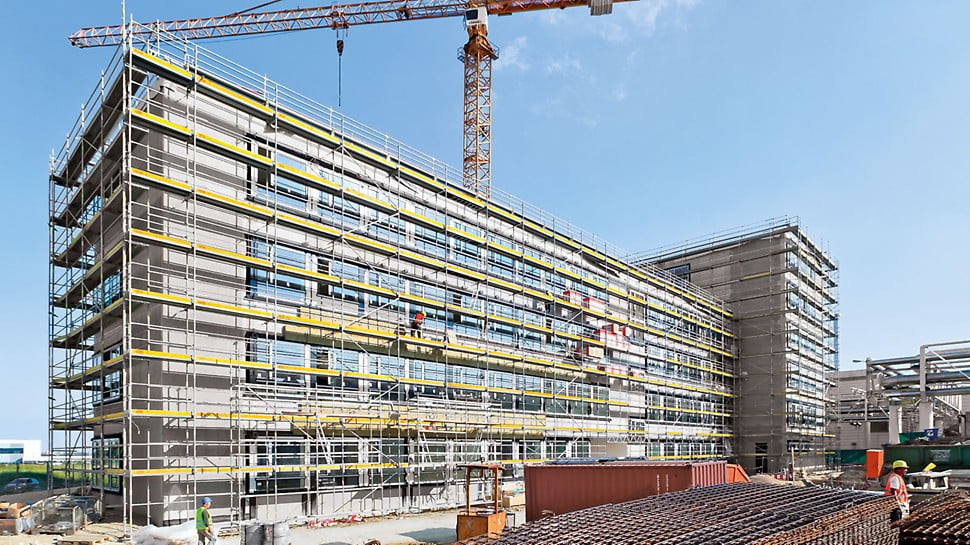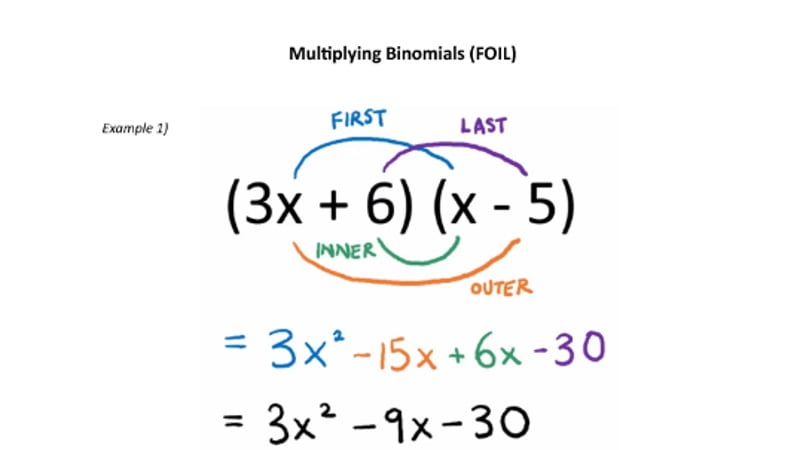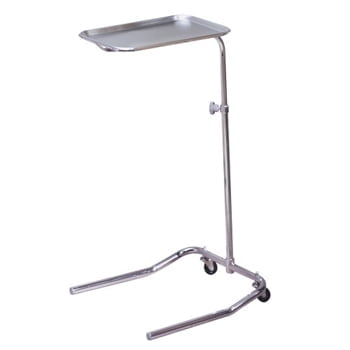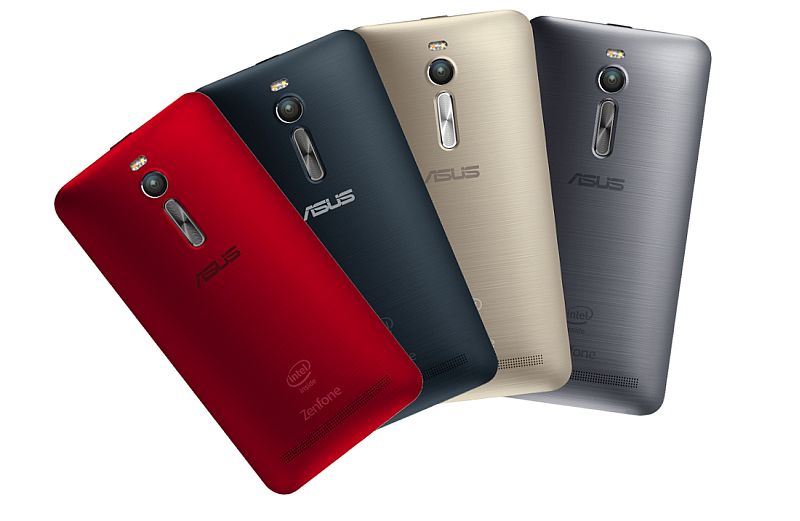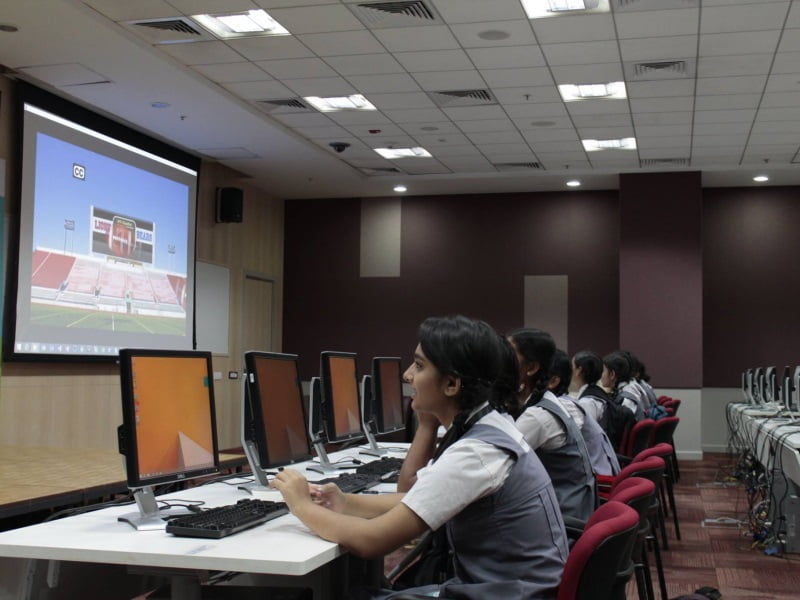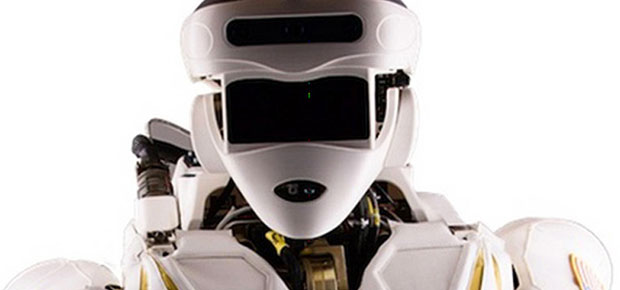
NASA on Tuesday announced it has awarded one R5 humanoid robot each toMIT and Northeastern University to conduct research on adapting them for use in space.
The universities were selected from U.S. entries in the Defense Advanced Research Projects Agency Robotics Challenge held in June.
NASA seeks to engage a diverse and talented pool of engineers and scientists to develop and test unique solutions that will “have the potential to significantly enhance, or potentially enable, missions that we can only dream of today,” NASA program executive Ryan Stephan told TechNewsWorld.
Each team will receive up to $250,000 a year for two years. They also will get onsite and virtual technical support from NASA.
NASA’s Space Technology Mission Directorate is funding the projects.
Autonomous and tele-operated robots will reduce humans’ exposure to potentially toxic conditions on other planets or asteroids, said Mike Jude, a research manager at Frost & Sullivan.
Robots would cut costs for initial Mars explorations because “humans could stay in Mars orbit or perhaps land on Phobos” one of Mars’ two moons, “and operate ground robots in real time,” he told TechNewsWorld.
“Highly autonomous, reliable robotic systems will be required for a variety of missions and functions to prepare and support human Mars missions,” Steve Jurczyk, associate administrator of the Space Technology Mission Directorate, told TechNewsWorld.
What the Universities Will Do
Northeastern’s team will write algorithms for the R5, known as “Valkyrie,” that will improve walking and balance control, Steve Gaddis, a NASA director, told TechNewsWorld.
“We will focus on advancing Valkyrie’s autonomy through software development and rigorous validation,” said team leader Taskin Padir, an associate professor at Northeastern. These will be in three areas: full-body constrained-motion planning and control, grasping of unknown objects, and human-robot interaction.
“We will help NASA validate tasks relevant to future space missions, such as exiting a habitat airlock hatch and using a ladder to reach the terrestrial surface; removing a communications or power cable from soft goods storage and attaching it to a connector at least 10 meters away while traversing an irregular rocky terrain; repairing or replacing damaged components on complex equipment, such as a broken valve; and collecting or recovering desired samples or items,” he told TechNewsWorld.
Northeastern’s team will use teleoperations to get Valkyrie to perform various tasks, then progress to full autonomy.
The team will undergo training at NASA’s Johnson Space Center, Padir said. Valkyrie is scheduled for delivery in February.
MIT will develop algorithms for Valkyrie.
Valkyrie Details
Valkyrie, which was introduced in 2013, is a 6-foot-tall, 290-pound robot, designed with an extended chest area and clothed in custom-designed and fitted panels of fabric-wrapped foam armor.
Its arms have seven degrees of freedom; its wrists and hands, which have three fingers and a thumb, are actuated; and it has a head that can tilt and swivel, a waist that can rotate, legs with six degrees of freedom, and feet with six-axis force-torque sensors, according to IEEE Spectrum.
Valkyrie has a removable battery with a one-hour life; its arms are removable and can be swapped with each other.
It also has lots of sensors — cameras and Lidar in its head, more cameras and sonar in its abdomen, and still more cameras in its forearms, knees and feet.
Another Option
NASA should have selected the RoboSimian for R&D instead of Valkyrie, which “was a piece of junk from the moment it was turned on,” argued Keith Cowing, editor at NASA Watch.
Valkyrie placed last in the DARPA Robotics Challenge in 2013, he told TechNewsWorld.
Its bosom design is stupid “because, like humans, you want the center of gravity close to the hips,” said Cowing, a former space biologist at NASA.
However, one consideration for robotics is that they perform human tasks using human-designed equipment, Frost & Sullivan’s Jude pointed out, which “makes R5 or something like it a good choice for precursor missions.”
[“source-technewsworld”]

